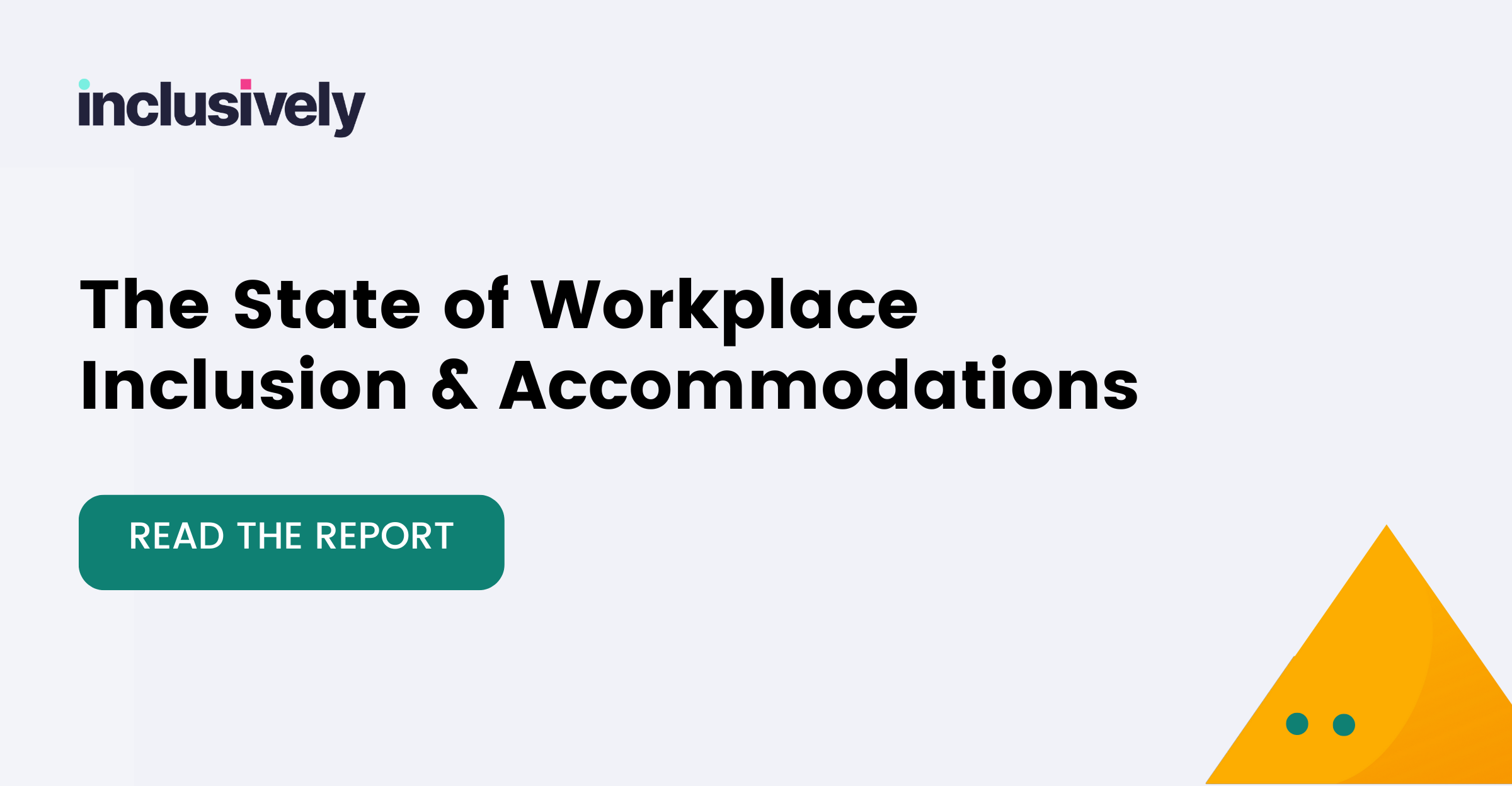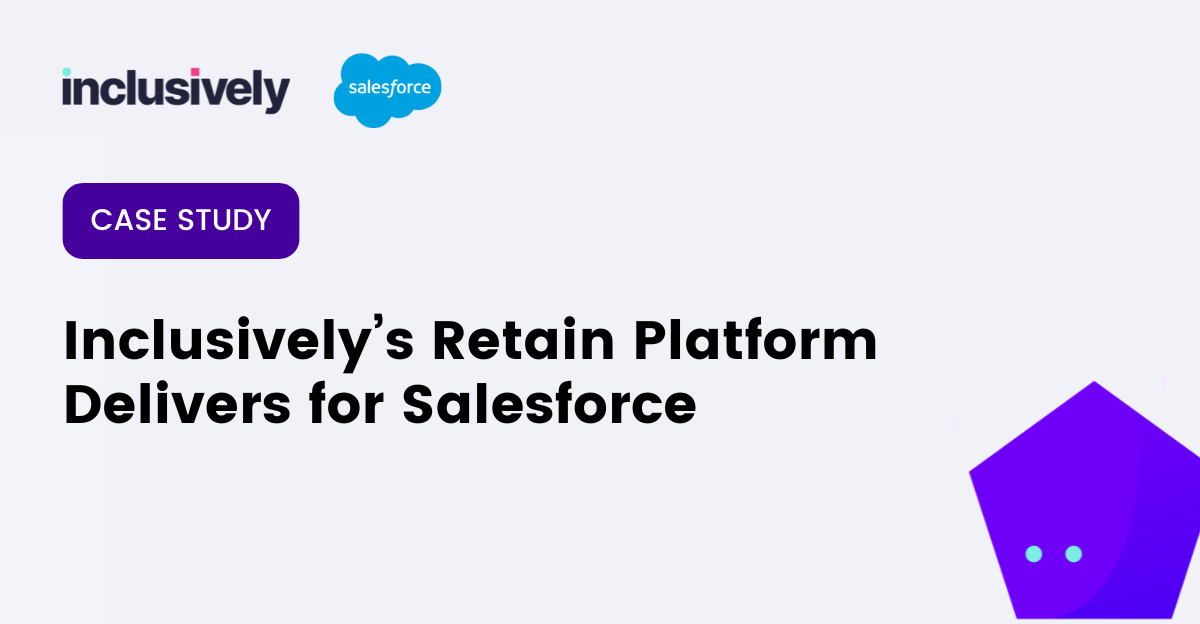Part 1 of 3
The COVID-19 pandemic has touched all our lives in one way or another. The CDC says that more than 40 percent of U.S. adults reported having COVID at some point, and with transmissible new variants continuing to be discovered, that number seems likely to rise. While COVID symptoms fade over time for most, a significant subset continues to experience what has become known as “long COVID” — a set of sometimes-debilitating symptoms that persist long after the initial infection.
The impact of long COVID is likely to be felt by the vast majority of employers. The CDC believes 7.5% of U.S. adults – or 1 out of every 13 – has long COVID symptoms. In a company of 5000 people, that translates to nearly 400 employees. It’s something employers need to be thoughtful about; last year, the federal government advised that long COVID can be considered a disability under the Americans with Disabilities Act (ADA) if it substantially limits a person’s major life activities. At this point, if your organization doesn’t have policies in place to accommodate employees dealing with long COVID symptoms, you’re at risk of being at a disadvantage in a highly competitive talent market.
How long COVID is impacting workplaces
Long COVID is a condition that’s not fully understood and can include symptoms that make many jobs challenging, if not impossible. They include extreme fatigue, fever, breathing difficulties, and even neurological symptoms like difficulty concentrating (colloquially referred to as “brain fog”), insomnia and headaches.
These symptoms can last for months or even years, and they can come and go, making it hard for people to know from day to day whether they will be able to perform their jobs well. “For some, this may be the first time in their lives that they find themselves unable to perform routine job functions,” says Catina O’Leary, CEO of Health Literacy Media, an organization working with multiple healthcare organizations on long COVID studies in the general population. “It’s a situation that can be very stressful both in the workplace and at home, and can sometimes lead to anxiety or depression as a new comorbidity.” O’Leary speaks with personal experience: “I finally caught it this past winter, and the brain fog was real. I was transparent with my staff, asked for grace, and gave the same in return.”
It’s imperative that employers understand the implications of long COVID on their workforce. The Brookings Institute believes it could be accounting for as many as 15% of unfilled jobs due to workers either reducing their working hours or not working at all due to long COVID. For your team members with long COVID, making appropriate accommodations can make a significant impact in ensuring that the workplace is both inclusive and productive.
Making accommodations for workers with long COVID
A good first step is to ensure that your organization has team members with expertise on long COVID. HR organizations and even managers should be educated on how it might impact employees’ ability to do their jobs effectively and how the organization can create the flexibility to respond as the population adapts. Understanding long COVID will also help team members have productive and empathetic conversations with employees, some of whom may be new to the disability community. In fact, some may not even know that their condition is covered by the ADA.
It’s important to recognize that people may be hesitant to communicate about their long COVID symptoms. They may fear negative repercussions – missing out on desired projects or promotions, or perhaps even losing their job entirely. Proactively clarifying with the entire workforce that you will be understanding and accommodating of employees with long COVID can go a long way in helping people feel comfortable talking about it.
Your organization may also need to evaluate whether existing benefit programs and accommodations processes are doing enough for sufferers of long COVID. Expanding benefits to cover specialists or programs that treat long COVID symptoms is one way to help, as is offering different types of paid-absence programs that are flexible enough to be meaningful for people with chronic illnesses.
If possible, offer more options for employees to work from home. Many people who have suffered from ongoing symptoms due to COVID are understandably nervous about being in proximity to other people for long periods of time, and research indicates they may be at higher risk of reinfection. Making accommodations to allow them to work remotely means they’re more likely to stay in their roles and perform duties when they know they’re at their best.
The future of long COVID is uncertain
It’s too early to know all the implications of long COVID on the workplace, but the reality is that every business needs to be aware of the impact it’s already having – and may continue to have for years to come. Keep the lines of communication open with employees, understand their needs, and work with them to determine how you can best help them be effective in their roles. It’s the best way to retain valued employees and show that you care about their well-being. Research bears this out: one study found that employees who feel comfortable enough to disclose their condition at work are more than twice as likely to feel happy or content in their jobs.
There are a lot of unknowns when it comes to long COVID, but its impact is being felt. Take steps now to help your organization respond to it, and you can remove at least one source of stress for employees who are coping with what can be a debilitating condition.
References:
1. CDC, Nearly One in Five American Adults Who Have Had COVID-19 Still Have “Long COVID”, 2022.
2. HHS, Guidance on “Long COVID” as a Disability Under the ADA, Section 504, and Section 1557.
3. Brookings Institute, Is ‘long Covid’ worsening the labor shortage?, 2022.
4. Bloomberg, Predicting Long COVID at Initial Point of COVID-19 Diagnosis, 2022.
5. Harvard Business Review, Why People Hide Their Disabilities at Work, 2019.


